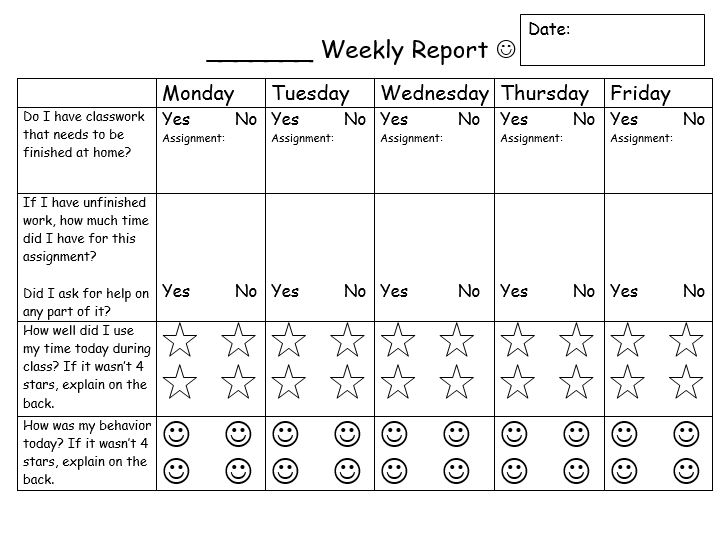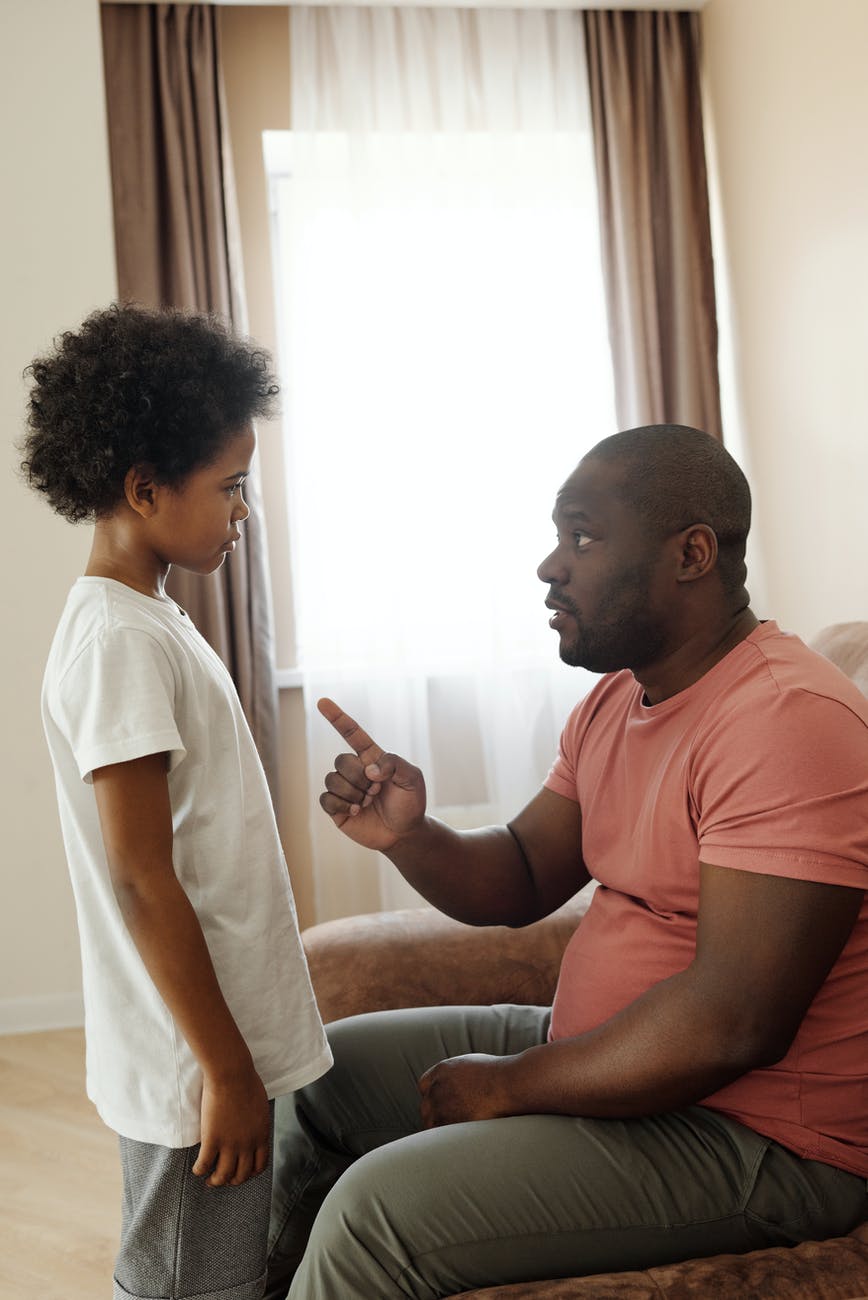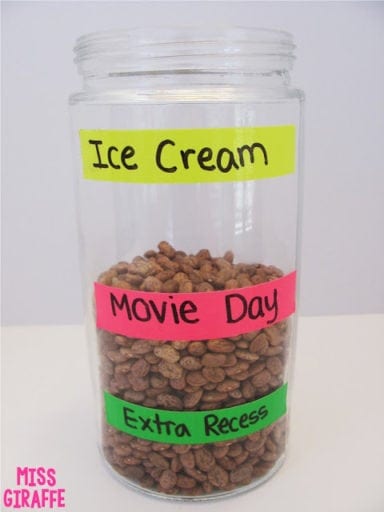Did you know that children with special needs are 10 times more likely than their average-aged peers to get kicked out of preschool for their behaviors?
So how do you stop a child’s behavior at home or at school? Well, Let’s take a look at the unique ways in which you can reduce behavior in the home or at school.
First/Then Board
The first/then board has been utilized for quite a bit of time now and has been one of my favorite behavior strategies when helping children with special needs.
All you need is a sheet of paper along with picture choices of what you want your child to do first followed by the second action of what you want them to do next.
Take of look at the example of how to create one below.
Visual Cue Cards
Visual cue cards are great for on the go when out and about with your children in public as well as a great accommodations strategy for their teacher to use at school.
I walk around everywhere in the school with these when helping my students with Autism transition from one task to another. These cue cards are great for your child because they show the action of a person doing something.
How Am I Feeling Today Chart – Behavior Strategies
These emotion charts are great for at home or inside a classroom because they track the child’s emotions daily. All you have to do is take a clothespin or any other object and have the child place it on the emoji’s emotional face. The child can also point to the picture of the emotions of how they’re feeling at the moment as well.

Behavior Rewards Log – Behavior Strategies
Behavioral logs are great for tracking children’s behavior at home or school. For my students who receive a BIP (behavior intervention plan).
I always create a behavioral rewards chart for them to track and monitor their behavior at school or home.
These are great for helping your child self-regulate their behaviors and track their progress daily to reach their rewards by the end of the day or the week. Check out the behavior rewards chart listed below by Scholastic.

Marble Rewards Jar
This strategy I took from another teacher has always been my favorite when utilized inside my self-contained behavioral-emotional classroom.
The marble jar reward system is a great way to get the whole family to participate in our classroom to work on behavior skills.
For this strategy, all you have to do is get a jar and draw as many lines as you want on the jar. Then every time you catch your child in a good positive behavior reward them with a marble and put it inside the jar until it fills up to the line.
Conclusion
Overall, each unique behavioral strategy can be utilized at home or school if done properly. I have seen many behaviors change due to all of these strategies when done effectively by an adult.
All it takes is time patience and discipline to stay on top of each behavioral strategy implemented with fidelity and honesty.
Also, keep in mind that each unique strategy takes longer to take effect than others and that some children are more receptive to the ideas than others.
Please be sure to comment down what strategy you like to use at home to help your child reduce their behaviors at home or school.








